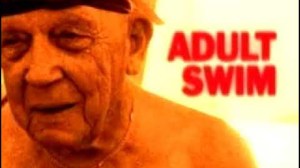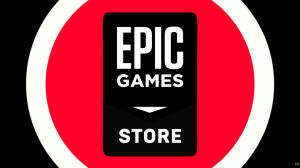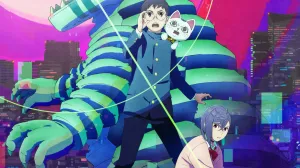Akira Yasuda, better known by the name Akiman, is a legendary character designer in the video games industry. For years, he worked at Capcom and helped create the iconic characters featured in the Street Fighter series. Akiman also worked on Capcom’s Marvel fighting games, including X-Men: Children of the Atom, Marvel Super Heroes, and X-Men vs. Street Fighter, where he put his distinct spin on Wolverine and other iconic Marvel superheroes. His work has expanded into anime, including the Gundam franchise and Code Geass. After coming to the United States to work on Red Dead Revolver, Akiman returned to Japan and left Capcom.
Videos by ComicBook.com
Since then, Akiman has worked as a freelance character designer and artist, extending his career in the industry to 37 years. His recent work includes designing characters for Square Enix’s Star Ocean series, first for its fifth installment, Star Ocean: Integrity and Faithlessness, and again for its most recent release, , which debuted in October. ComicBook.com had the chance to speak to Akiman (via Zoom and with a translator), touching on his Star Ocean work and the rest of his storied career.
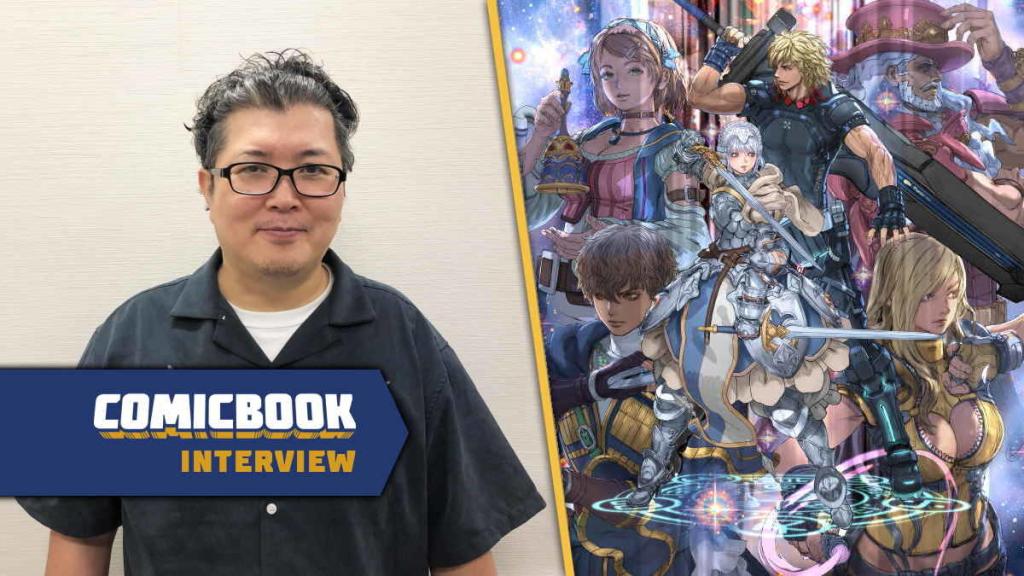
You’ve had a career where you’ve developed a style that is very recognizable as your own, despite having worked on a lot of varied projects. Can you tell me a bit about what has remained consistent in your approaches to each of these projects to make your style so recognizable, and what are the kinds of things that you alter in your approach from project to project?
Akiman: One thing I keep consistently, in terms of character design, is putting two recognizable things together. For example, an eel and a dog. I’ll put those two together and create something new from that. As opposed to creating something entirely new, I will take two recognizable elements and put those together. As for something I change from project to project, it will depend on the people who I’m working with, such as the producers, and what the game is aiming for in terms of considering audiences in North America and globally.
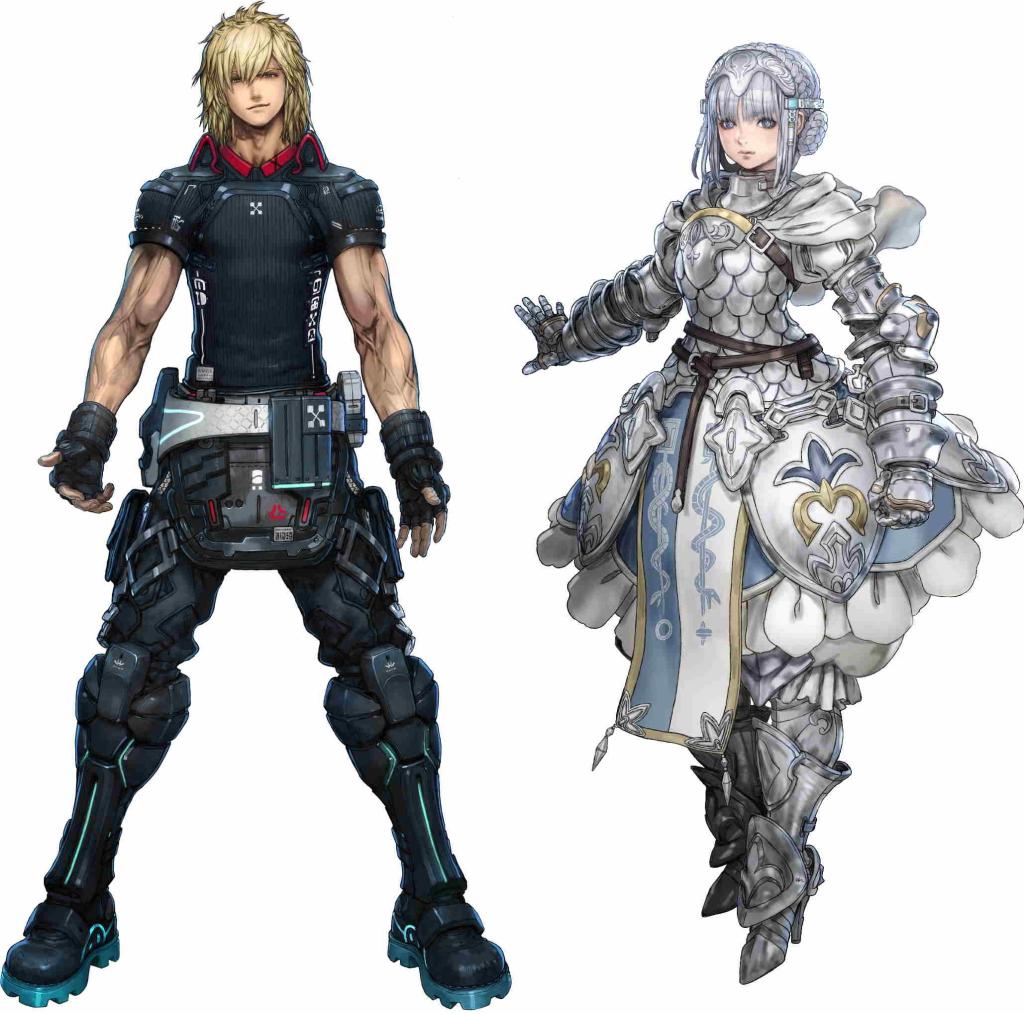
Can you tell me a bit about what some of those goals were regarding Star Ocean: The Divine Force? I know it’s your second Star Ocean game. Has anything changed from your approach to Integrity and Faithlessness?
The goal is to adhere to what the producers want as much as possible. That’s always been my style. Comparing Star Ocean 5 and 6, I guess in particular for Raymond, the main character, since he doesn’t belong to any specific group to the Pangalactic Federation, Raymond’s a teenager. He’s a wild boy type, and I wanted to bring those elements forward for Raymond.
One of the things that I enjoy about his work is how varied your designs are. Even looking at the character in The Divine Force alone, there’s a unifying aesthetic but they also look like they could be from different games, they somehow walk that line. What does it take to maintain that kind of versatility?

It takes a lot of time. I won’t submit it if I’m not satisfied, even if the due date is coming up. That’s my secret, but I don’t recommend it.
Are there any specific character designs that stand out in your mind that you’re proud of for one reason or another? Either from The Divine Force or throughout the rest of your career?
I’m particularly satisfied with Chun-Li from Street Fighter. From Star Ocean 6, Malkya.
Given that Star Ocean is such a big space opera, sci-fi game, how much of a fan of the genre are you outside of your work? Are there any specific sci-fi works that are a a touchstone when you’re drawing inspiration for characters in the genre?
Yes, I’m a big fan of the SF genre. I’ve actually loved them ever since I was a small child. All the classic SF works and even the hardcore SF works, including all the lesser-known Japanese SF works as well, like Lensman in Junior High. Obviously, that includes American movies such as Star Wars and Star Trek when I was a teenager as well. People around the same age as me who love manga as I do are all like that, as far as I know. We’re like fish swimming in the ocean. We all just love SF.
All of these SF works, SF shows, and movies, they’re all nutrients for the Star Ocean series. That’s not a very interesting answer, but I can’t really cite a particular work that I’ve been influenced by. Everything is the answer.
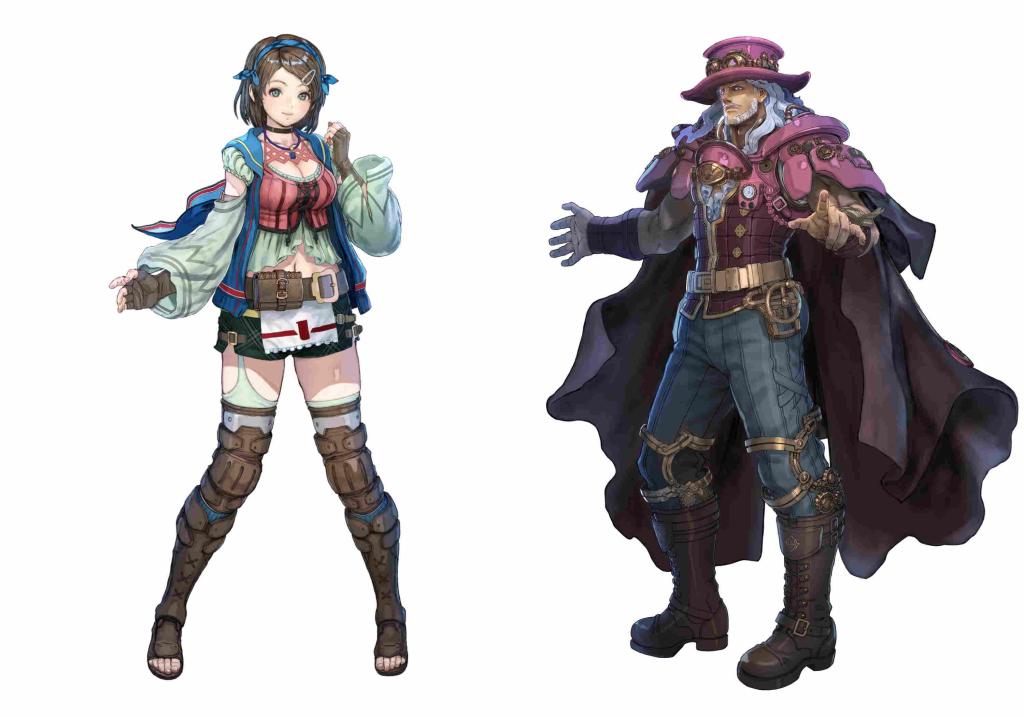
You’ve had a long career in the industry. You’ve worked on some of the biggest game franchises in the world, including Street Fighter. What are some of the biggest changes you’ve seen in the industry in your time in it, and what have you done to adapt to those changes?
The biggest change that I’ve witnessed in the game industry was the transition from 2D to 3D. Notably, in the PS1 era, there were big graphical improvements. I recall when I was working for Capcom, there was actually a lot of 2D graphics staff working for that specific graphic system, so when the transition to 3D graphics came, it actually took a while for them to produce a hit 3D game. That was one of the biggest changes in the game industry.
It was difficult for me, personally, to transition as well because of how frequently the tools changed. As a result of that, I created a game in America that didn’t really perform well. It was considered a failure, but then that was a turning point for me to decide to focus on being an illustrator or designer as opposed to a game creator or producer since I was actually in a director position with the company. By honing my craft, particularly for illustrating and designing, guaranteed — no matter how much the industry may change, designers and illustrators are always wanted.
While you were at Capcom, you worked on some games involving Marvel characters, particularly the X-Men. Your versions of those characters remain popular with fans to this day. I also know that you created a Gundam manga some years ago in Japan. Given that Marvel has begun working more closely with Japanese artists, and even licensing characters for adaptation into manga, would you ever consider working on a manga again, maybe revisiting those characters?
I did the Gundam manga as a challenge and it was very tiring, so I prefer not to do it again. If I would write a manga series, I would rather create an original IP given that I only have about 10 or 20 years to live. I just don’t have time to use characters from other IPs, so I would rather create an original story.
Star Ocean: The Divine Force is on sale now for PlayStation 4, PlayStation 5, Xbox One, Xbox Series X, and Windows PC.

